Chlorine Rash: Causes and Treatment

What is a chlorine rash?
Chlorine is used in swimming pools or hot tubs to disinfect them, and to make them safe for swimming or bathing. Besides, its antiseptic and it's antibacterial properties also serves as an agent to clean the water.
As a matter of fact, chlorine offers several benefits but its frequent interaction can prove negative in a number of ways. Chlorine can make your skin dry and cause irritation, even if you don’t have a skin problem or sensitivity. However, there are some good treatments to get rid of chlorine rashes without avoiding swimming.
Common symptoms of a chlorine rash
A chlorine rash can cause the skin to itch after swimming. Other common symptoms are mentioned below:
- Small hives or bumps
- Crusting or scaling
- Itchy red rash
- Tender or swollen skin
Sometimes, chlorine can even affect your eyes and in rare cases, it can also affect the respiratory system. The victim will experience frequent sneeze and cough due to the chlorine irritation.
Sometimes, it’s referred to as chlorine allergy. Chlorine is an integral part of pool water because it keeps the water clean and safe from microbes. It acts as a sanitizer and in the absence of chlorine, the water in a hot tub or a pool would become nasty. Viruses, bacteria and algae would grow immediately and contaminate the water.
On the other hand, constant or frequent exposure to chlorine results in skin irritation. It strips the skin of its natural oil, called sebum. This is why your skin feels dry and tight after swimming, even if you don't develop a rash.
You’re more likely to develop a chlorine rash when the chlorine levels are quite high in the water. The reason is the formation of chloramines.
You would have smelled the distinctive odor coming from the water of pool or hot tub. It is due to the chloramines and can be irritating to the skin. This is the reason some people ‘smell like pool water’ even after taking a bath. To avoid such a thing, use a chlorine protection spray to stay protected.
Who is at the risk of developing a chlorine rash?
Interestingly, the swimmers are not the only ones who are at the risk of developing chlorine rashes. Individuals who are taking care of the pool may also develop a chlorine rash. However, the following people are at the high risk:
- Professional cleansers
- Lifeguards
- Swimmers
Other types of rashes
Besides, chlorine rash, there are also some other rashes that you could get after a swim.
- Swimmer's itch : It’s known as cercarial dermatitis, and is caused by mini parasites. Swimmers get it if they swim in outdoors like lakes, rivers or ponds.
- Bikini bottom : These are pimple-like inflamed and red bumps that appear in the covered area of swimsuit. If you sit in wet bathing suits for long periods of time, the bacteria begin to infect the skin follicles.
- Seabather's eruption : It is caused by a larva which lives in ocean. You’ll not get this from swimming pool water.
- Hot tub folliculitis : Bacteria's like Pseudomonas are responsible for this skin problem. These are worse in the areas covered by the swimsuit.
Prevention is better than cure
Obviously, you can’t fully prevent the chlorine rash but you can minimize its chances if you follow the below mentioned swimming skin care tips.
- Apply a good chlorine protection spray before going for a swim. A good pre swimming lotion also help a lot in this respect. Look for a chlorine removal spray which contains vitamin C because it effectively neutralizes the chlorine.
- Rinse off thoroughly before swimming. Swimming removes excessive oils and sweat from the body that may react with the chlorine to create chloramines.
- Take an immediate shower after swimming. Just a simple rinse is not enough, rather wash your body with a non-drying bodywash or soap. If you’re sensitive and prone to chlorine rashes, apply a chlorine removal spray.
- If you have a dry skin, moisturize your skin with a good moisturizing cream for dry skin and if you have an oily skin, apply a good moisturizer for oily skin after the shower.
- Never sit in trunks or swimsuit for long, rather change them immediately.
- Applying a pre-swimming lotion or pre-swimming cream 15 minutes before swimming is also a great preventive measure. It creates a barrier between the skin and the chlorinated water. It works similar to a hair protection before swimming.
Use test strips to measure the chlorine level in the pool. In this way, you can prevent the chlorine rashes. As far as the public pools are concerned, you may ask when the chlorine was added and you can avoid swimming in those days. So avoid high levels of chlorine even if those are not directly responsible for the chlorine rash.
Author
Jigyasha Jain
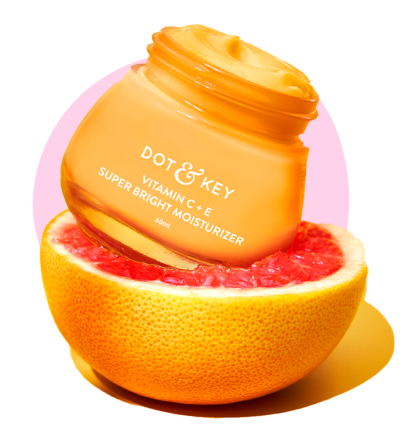
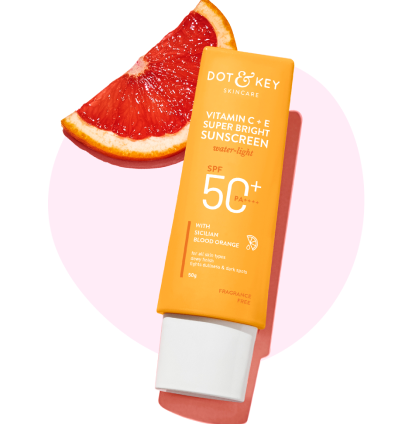
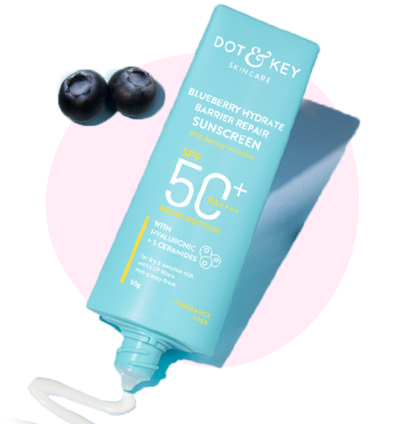
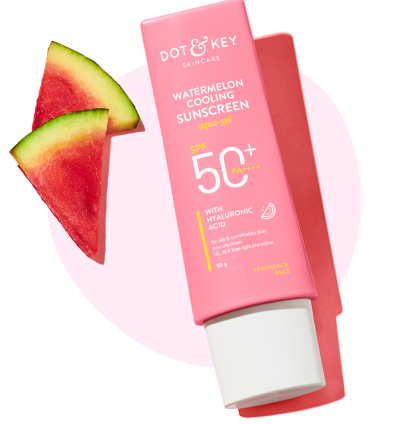
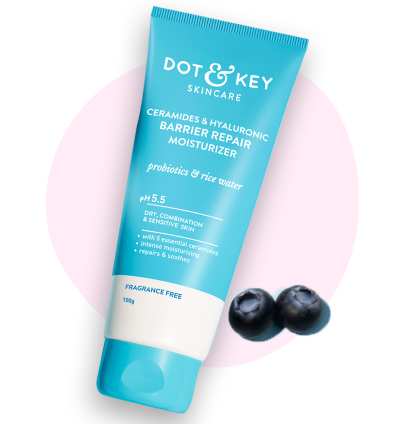
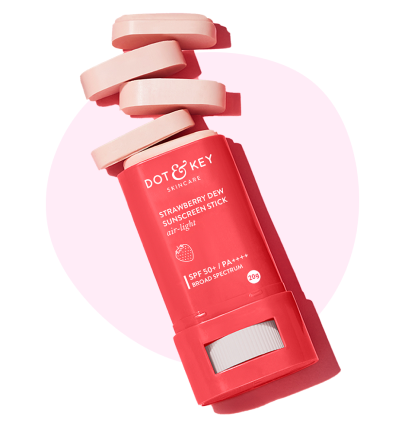
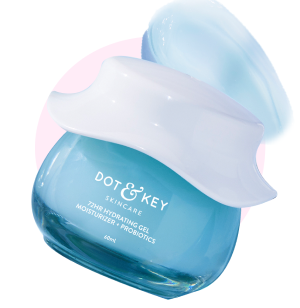

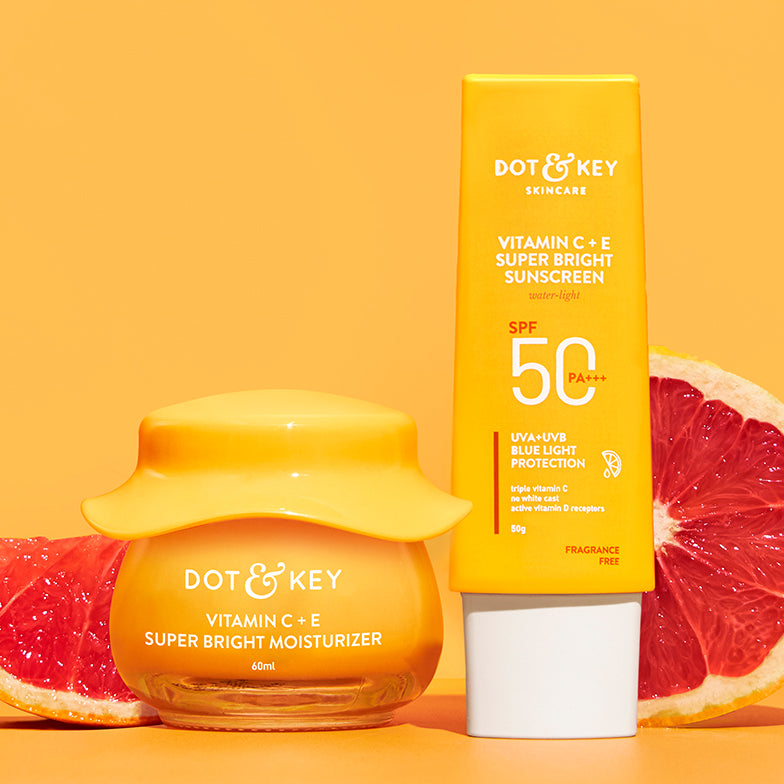





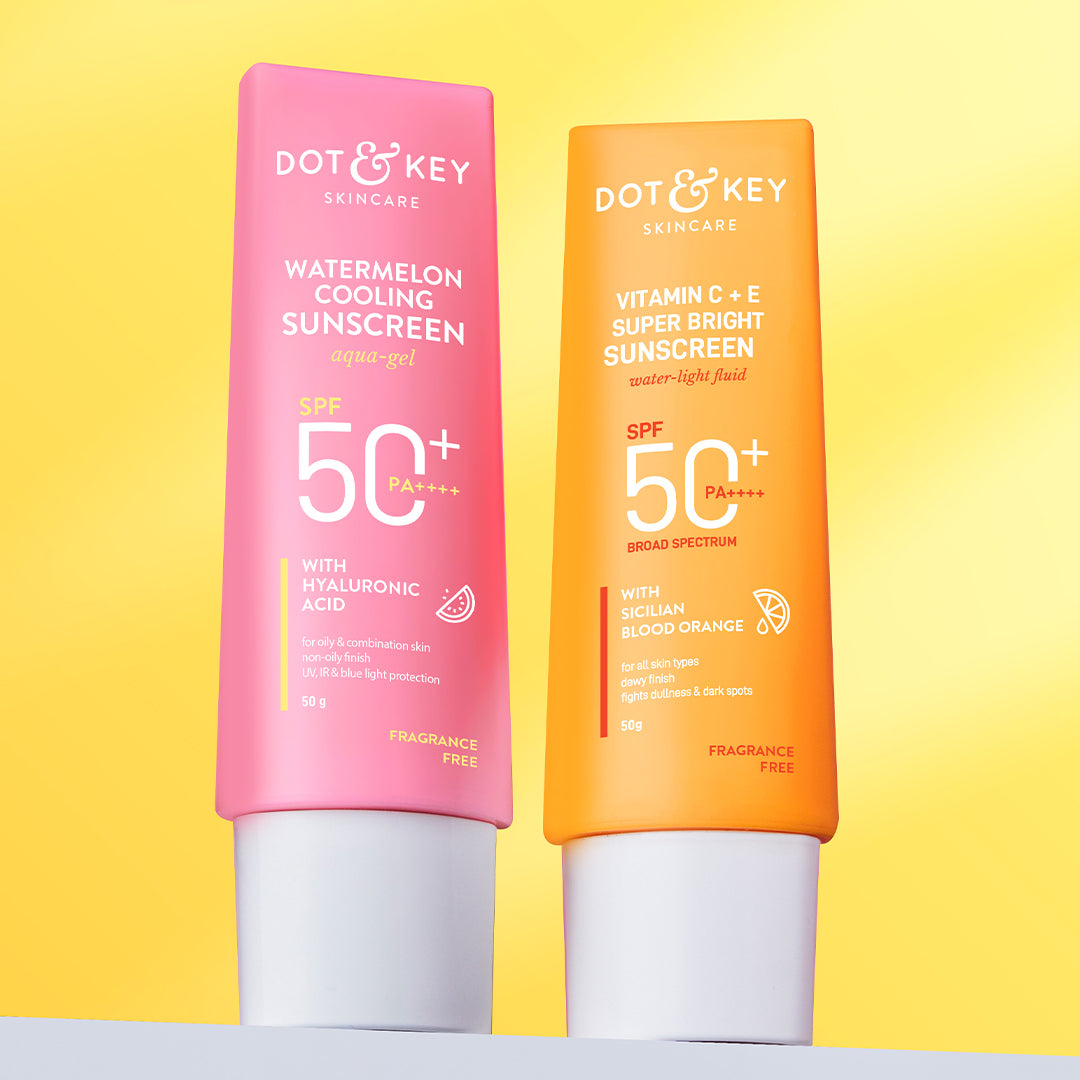



Leave a comment